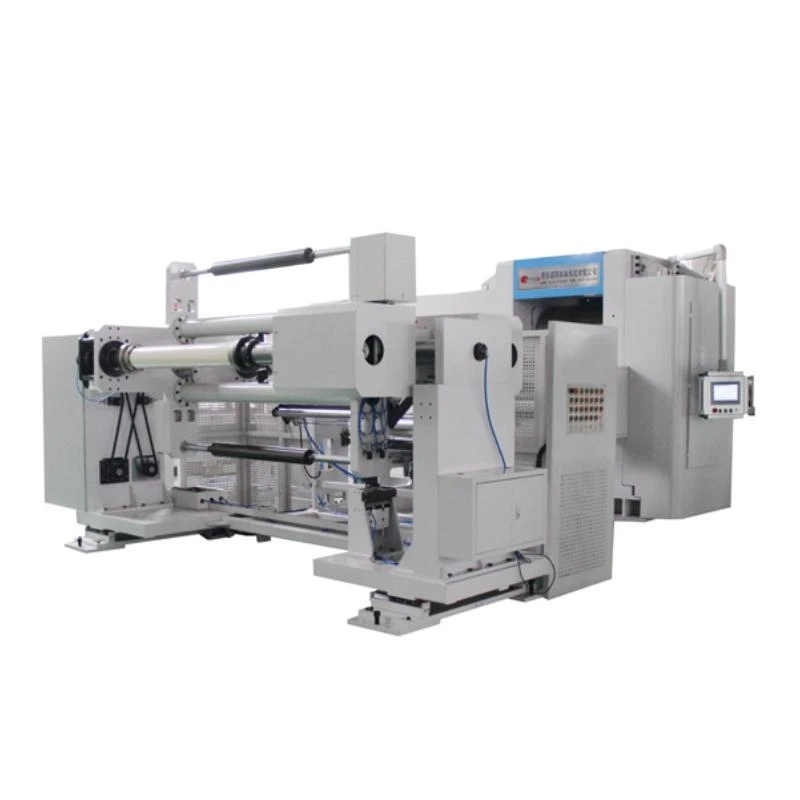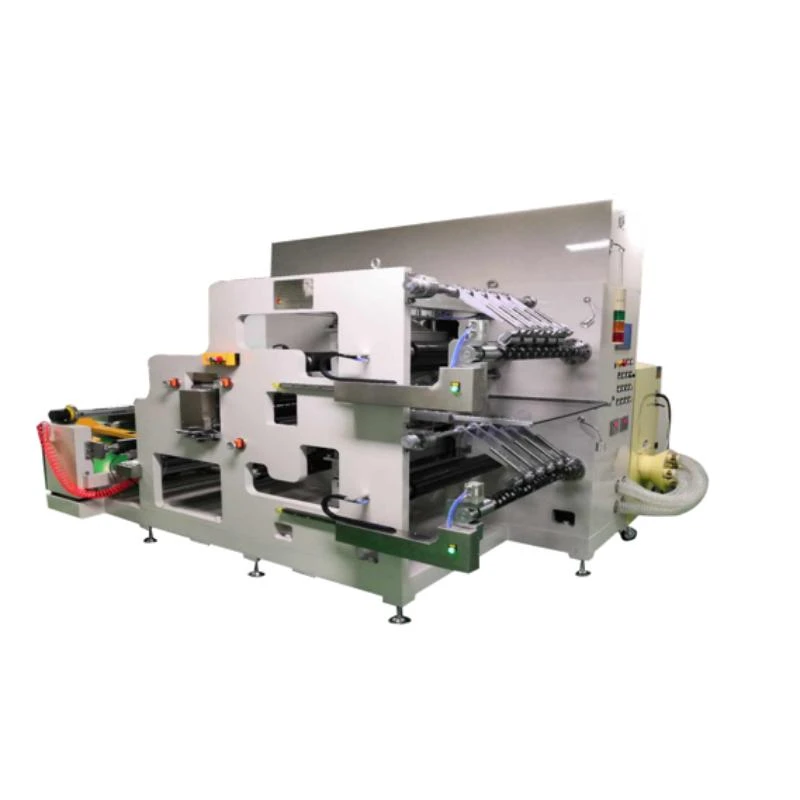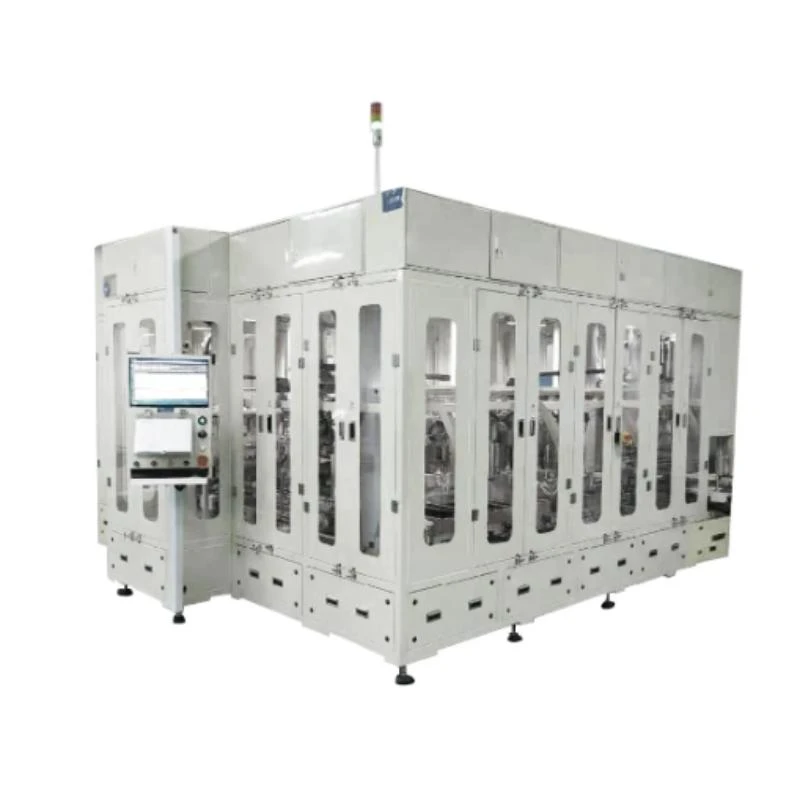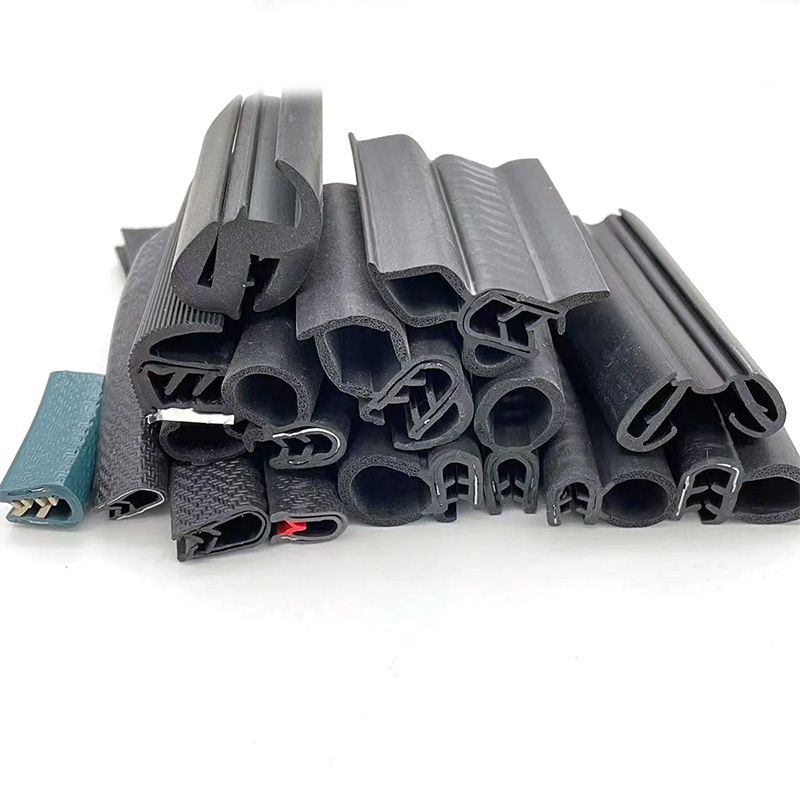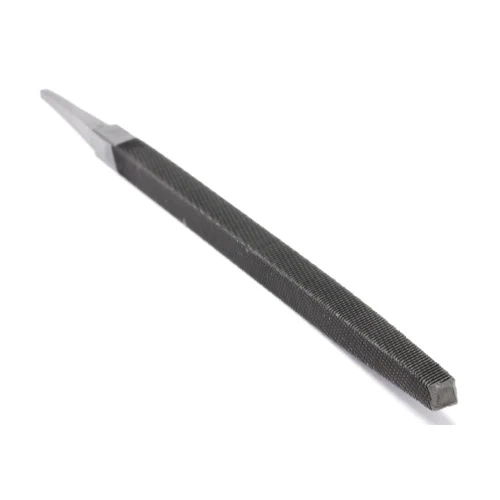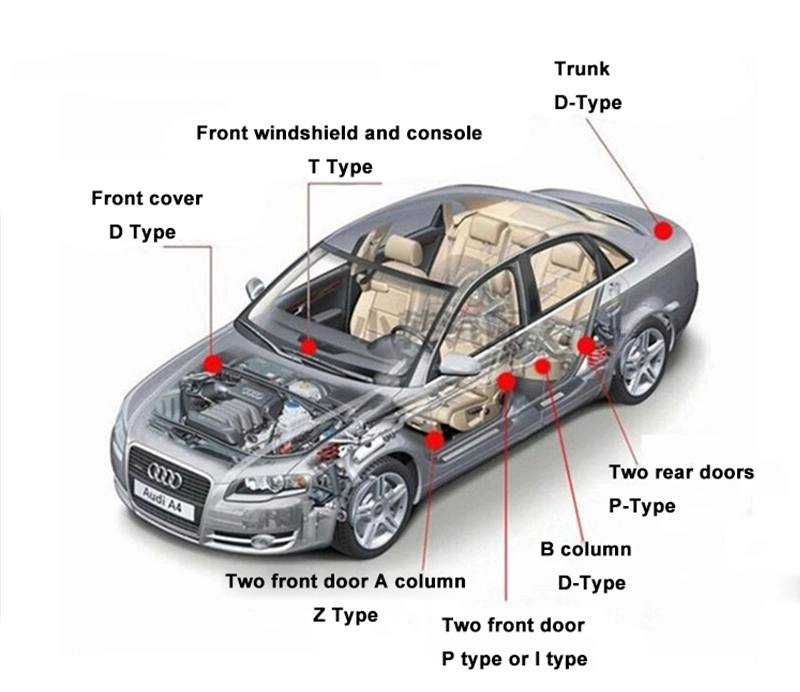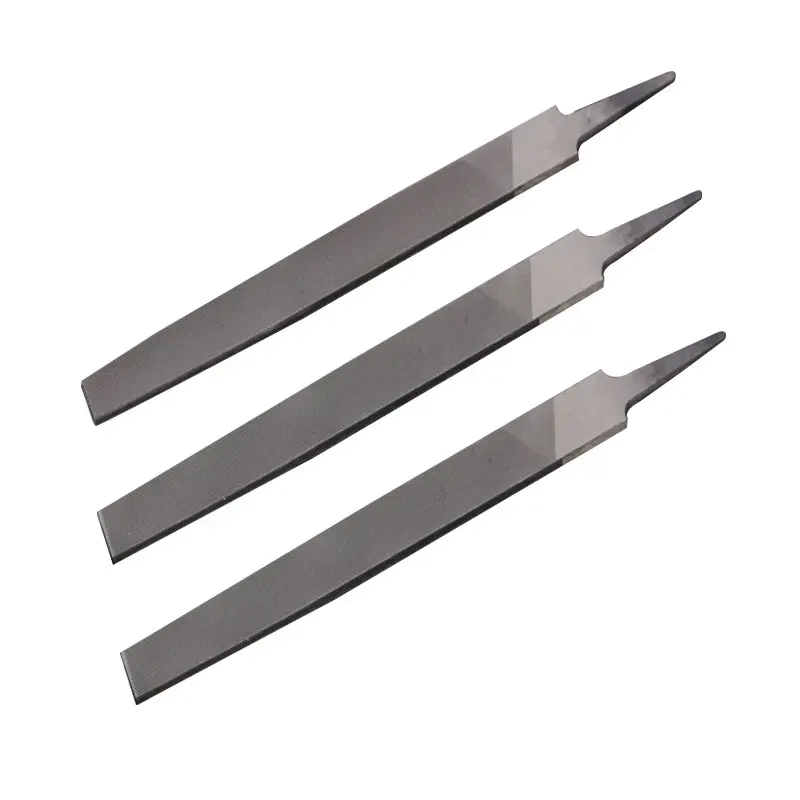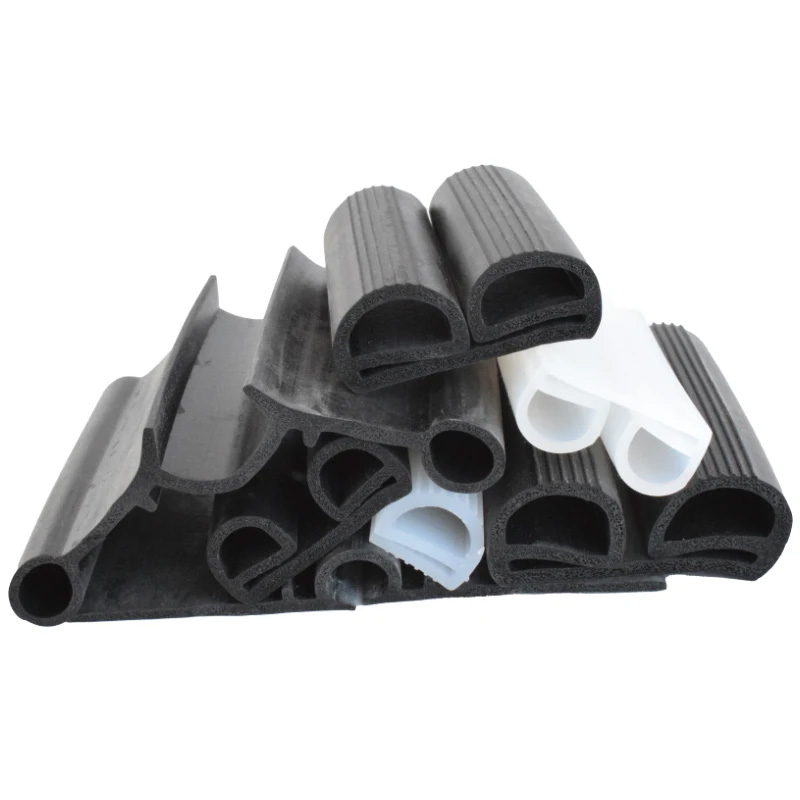High-Speed Slitting Machine for Pouch Cell Production Factory Solutions
- The fundamental importance of precision slitting in pouch cell manufacturing
- Technical specifications and performance metrics of modern slitting systems
- Leading slitting machine manufacturers performance comparison
- Custom engineering solutions for specific production requirements
- Industrial case studies demonstrating operational efficiency gains
- Critical selection criteria when evaluating equipment suppliers
- Future innovations in electrode processing technology
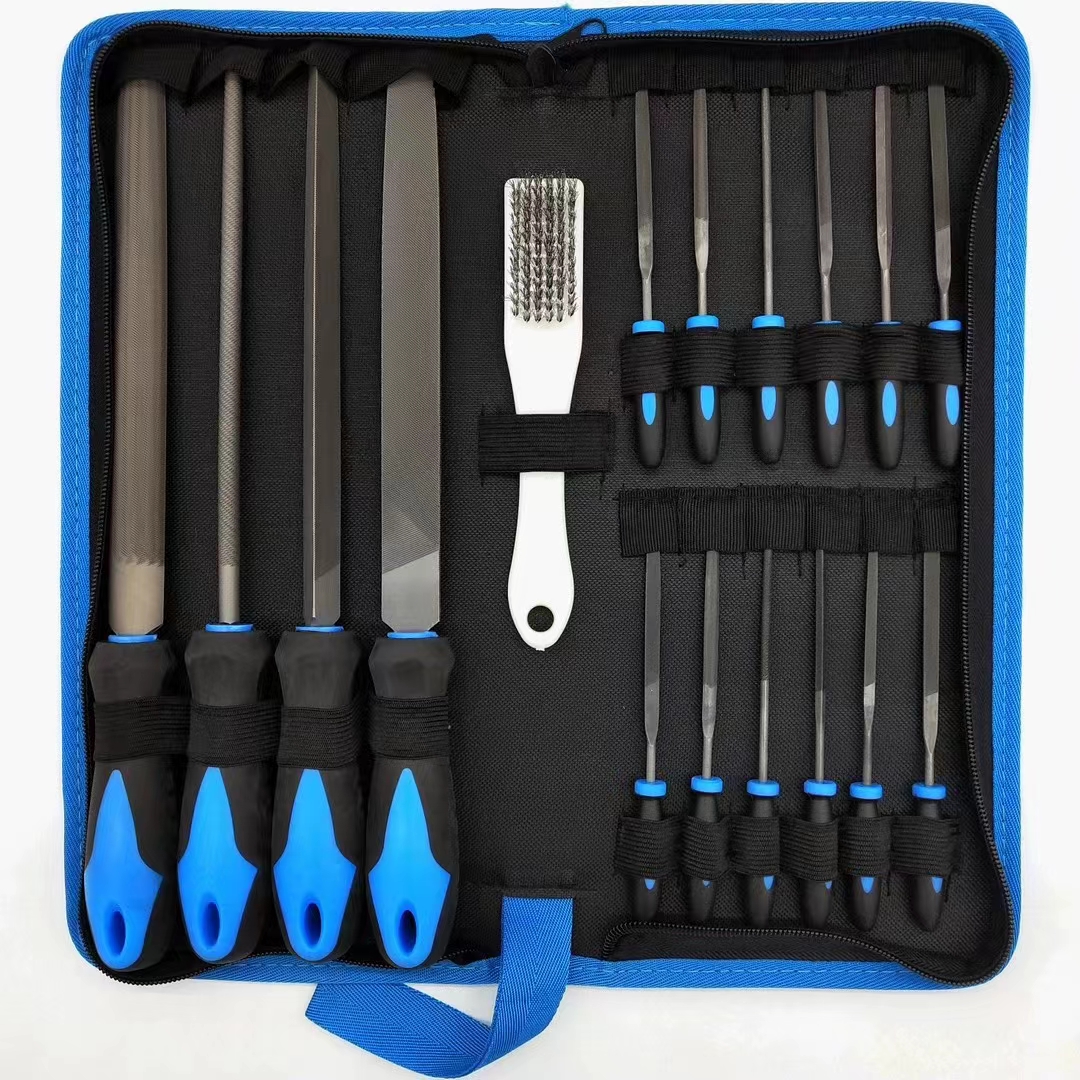
(slitting machine for pouch cell production)
The Critical Role of Slitting Machines in Pouch Cell Production
Within advanced battery manufacturing facilities, slitting equipment performs the vital function of transforming coated electrode master rolls into precise narrow strips ready for cell assembly. Modern slitting machine for pouch cell production
must maintain micron-level accuracy throughout continuous operation, as dimensional inconsistencies directly compromise battery performance metrics like energy density and cycle life. Production managers at leading Asian battery factories report typical yield improvements exceeding 98% when upgrading to contemporary servo-driven slitters, reducing material waste significantly. The mechanical architecture incorporates hardened steel circular blades operating at line speeds reaching 120 meters/minute while maintaining tension control within ±0.5kgf. Unlike generic converting equipment, specialized lithium-ion slitters feature clean room compatibility, moisture-controlled cabinets, and electrostatic discharge prevention systems to accommodate volatile electrode chemistry. These technological refinements collectively enable battery manufacturers to meet stringent automotive industry requirements.
Technical Specifications and Performance Metrics
Contemporary electrode slitting equipment employs closed-loop tension control systems utilizing digital load cells coupled with electromagnetic brakes, maintaining web stability within 200N precision at production speeds. Advanced models incorporate automatic blade positioning technology achieving slit width tolerance of ±5μm, critically important for optimizing active material utilization. Integrated vision inspection systems featuring 100MP cameras detect coating defects and edge inconsistencies at rates exceeding 100 frames/second, automatically flagging compromised sections. Energy consumption metrics demonstrate substantial improvements, with servo-driven units achieving 17.5kW consumption compared to 28kW hydraulic predecessors. Modern machine frames utilize stress-relieved steel construction with reinforced granite bases, reducing vibrational harmonics to below 3μm amplitude during operation. The most advanced models incorporate proprietary web guides with infrared sensors achieving positioning accuracy within 0.1mm across 8-hour production cycles.
Manufacturer Comparison Analysis
| Manufacturer | Max Speed (m/min) | Tension Precision | Slit Width Tolerance | Vision System | Production Capacity (km/shift) |
|---|---|---|---|---|---|
| Schuler | 120 | ±0.3kgf | ±3μm | 100MP/120fps | 64 |
| Kampf | 150 | ±0.5kgf | ±5μm | 80MP/100fps | 72 |
| SungAn | 100 | ±0.8kgf | ±8μm | 60MP/80fps | 48 |
| CIS | 130 | ±0.4kgf | ±4μm | 90MP/110fps | 68 |
Performance analysis indicates that German-engineered systems generally achieve superior precision specifications critical for premium automotive applications, while Korean manufacturers offer competitive speeds for high-volume manufacturing scenarios. Production throughput varies considerably based on material type, with pure graphite anodes processing approximately 15% faster than silicon-composite counterparts due to reduced coating abrasiveness. Comprehensive ROI calculations typically demonstrate 24-30 month payback periods across the sector.
Custom Engineering Solutions
Leading slitting machine suppliers commonly develop application-specific configurations addressing unique production challenges. One prominent European battery manufacturer implemented a bespoke slitting solution featuring extended blade life cycles exceeding 50% over standard components by incorporating vapor-deposited titanium nitride coatings. Industry surveys indicate that nearly 35% of lithium-ion factories now request customized slit widths between 38-44mm for solid-state battery prototypes, necessitating modular blade positioning systems. For start-up facilities requiring flexibility, several suppliers offer convertible platforms accommodating widths from 15mm to 80mm without mechanical overhaul. Additional specialized options include in-line calendering integration, controlled-atmosphere winding chambers maintaining <10ppm oxygen levels, and machine learning-driven predictive maintenance interfaces. These tailored modifications typically increase base equipment costs by 20-35% but reduce downstream processing expenses substantially.
Industrial Application Case Studies
A North American battery startup reduced electrode scrap rates from 6.2% to 1.8% following installation of servo-tension controlled slitting machinery, translating to annual savings exceeding $1.7 million in material costs. Production analysis demonstrated particular improvements in ultra-thin copper foil processing where traditional equipment exhibited handling issues. During pilot production trials at a German automotive supplier, precision slitting adjustments resolved chronic edge-bending issues that previously caused a 3.2% cell failure rate during formation cycling. South Korean battery manufacturers documented 22% throughput increases after adopting tandem slitting arrangements with synchronized winding stations. Perhaps most significantly, electrode dimensional consistency showed direct correlation to cycle life performance in comprehensive testing, with precisely slit material averaging 23% greater longevity beyond 800 charge cycles.
Supplier Selection Considerations
When evaluating slitting machine providers, production engineers prioritize technical support responsiveness quantified by contractual service level agreements. Leading equipment manufacturers guarantee on-site technician deployment within 48 hours for critical failures, with remote diagnostic capabilities reducing resolution time by approximately 65%. Component modularity represents another crucial factor, with standardized blade mounting systems reducing changeover duration by half compared to proprietary designs. Financial assessment extends beyond purchase price to include validated data on operator training requirements, preventative maintenance schedules, and energy consumption patterns. Reputable suppliers typically maintain regional demonstration facilities offering month-long equipment validation trials. Supply chain professionals particularly emphasize domestic content verification, with vertically integrated manufacturers achieving 93% on-time delivery performance versus industry averages of 75%.
Future Innovations in Electrode Slitting Technology
The next generation of slitting machine for pouch cell production integrates advanced automation systems incorporating closed-loop machine learning algorithms that continuously optimize blade positioning. Emerging non-contact laser slitting approaches demonstrate potential for eliminating blade replacement downtime while achieving unprecedented ±2μm precision levels, with prototype systems scheduled for pilot installation by 2025. Compact modular designs enable decentralized manufacturing configurations, reducing factory floor footprint requirements by approximately 40%. Material advancements include diamond-coated blades with projected service life exceeding 12,000 operating hours, triple current industry standards. As international battery capacity forecasts predict 250% production expansion within five years, major suppliers are establishing regional manufacturing centers to reduce equipment lead times. Current development pipelines feature proprietary tension control mechanisms compensating for electrode coating thickness variations dynamically, addressing the primary source of dimensional inconsistency in contemporary manufacturing environments.
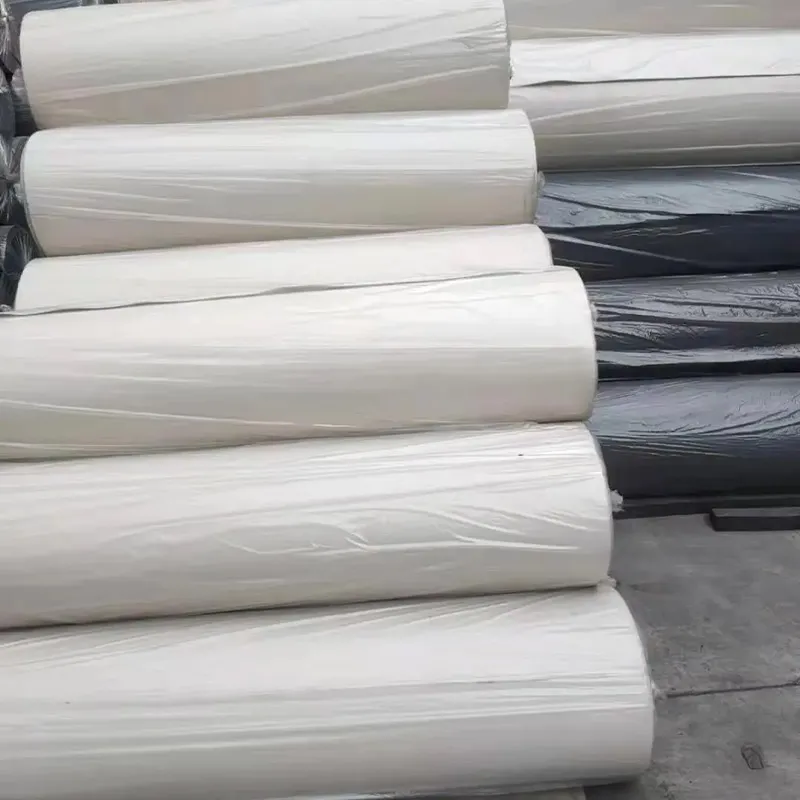
(slitting machine for pouch cell production)
FAQS on slitting machine for pouch cell production
Q: What is the primary function of a slitting machine in a pouch cell production factory?
A: A slitting machine cuts electrode or separator materials into precise widths for pouch cell manufacturing. It ensures uniform dimensions critical for battery performance. Automated models enhance efficiency in high-volume production.
Q: How to choose reliable slitting machine suppliers for pouch cell production?
A: Prioritize suppliers with proven expertise in battery manufacturing equipment. Verify their technical support, customization options, and compliance with industry standards. Client testimonials and after-sales service are key indicators.
Q: What features distinguish top-tier slitting machine manufacturers for pouch cell production?
A: Leading manufacturers integrate precision tension control and laser-guided alignment systems. They offer modular designs for flexible material handling. Certifications like ISO 9001 and CE compliance are essential markers of quality.
Q: Why is material tolerance critical in slitting machines for pouch cell production?
A: Tight material tolerances (±0.1mm) prevent electrode misalignment during cell assembly. Consistent slit widths minimize waste and ensure battery safety. Advanced machines use real-time monitoring to maintain accuracy.
Q: Do slitting machine suppliers provide customization for pouch cell production lines?
A: Reputable suppliers offer tailored solutions for material types (e.g., aluminum foil, polymer films) and production speeds. Custom blade configurations and IoT-enabled diagnostics are common upgrades. Collaboration during factory integration ensures optimal performance.
Share
-
Lithium Battery Welding Machine | High-Precision, Fast, SafeNewsNov.17,2025
-
Aluminium Guide Roller | Anodized, Lightweight, Low-NoiseNewsNov.17,2025
-
Tofu Cat Litter Bulk – Eco, Low-Dust, Fast Clumping SupplyNewsNov.17,2025
-
Equipment for Lithium Cell Assembly | Automated & PreciseNewsNov.10,2025
-
Square File Tool – Precision Cut, Hardened Steel, VersatileNewsNov.10,2025
-
Lithium Ion Battery Assembly Machine | Automated, High-SpeedNewsNov.10,2025
